
Review on 💻 Dell XPS 13 9310 Touchscreen 13.4" FHD Thin and Light Laptop - Core i7-1185G7, 16GB RAM, 512GB SSD, Intel Iris Xe Graphics, 2Yr OnSite, 6 months Dell Migrate, Win 10 Pro - Silver by Deandre Vogt

Everything is fine but be careful OLED display
Yes this is a wonderful laptop and the display is amazing. But what Dell and OLED TV sellers won't tell you about are the unspoken pitfalls of OLED technology. Yes, they deliver the sharpest and most stunning images of any screen technology. What you're not warned about is that after around 10,000 hours of use, OLED technology causes permanent burn-in, especially if an image, particularly red or green, remains static on the screen the whole time. Because most laptop users leave their laptops on or default to using their desktops for long periods of time or spending hours on spreadsheets or using them for long periods of time leaving the same parts of the screen stationary for long .periods. , it will inevitably lead to a burn. This CANNOT happen. It will happen. This burnout cannot be cured. The entire display needs to be replaced. For example, if you use Facebook a lot and there are red dots on one of the icons at the top of the page and you don't click on them, it will cause you to burn out after prolonged exposure. I experienced this twice on my 55" LG 4k SMART OLED TV. I enjoyed the most beautiful TV screen for about 10,000 hours of use and then POW. other shows I watched the whole time with static images like the channel logo all in one in the corners, or if one of the TV's HDMI inputs was connected to my computer and I left the desktop on the whole time with no screensaver activated.Luckily for me, my 5-year warranty protected me, but the same thing happened over and over again Since I also use my LG OLED 4k Smart TV as a computer monitor, I have a screensaver installed on my computer that activates after 30 seconds, so there is never a chance to burn the image in case I accidentally drop an image on the TV leaves when it says so - or static from my computer Every time I pause a TV program, I immediately switch the HDMI input to my computer and the screensaver turns on for 30 seconds until I move the mouse. Therefore there is no static image, meaning there is no burn-in. For this reason, OLED screens are not recommended for use on a computer, but are excellent for use on a TV IF YOU HAVE A COMPUTER WITH AN ENABLED 30 SECOND SCREEN SAVER CONNECTED TO ONE OF THE TV'S HDMI INPUTS. My computer is still connected to my OLED TV. but when I use it now I never go to the website where the static image is stored; I always have the 30 second splash screen enabled; and I never leave the desktop static on my computer. As long as manufacturers don't address OLED burn-in issues, it's safer to use QLED technology when it becomes available for laptops and computer monitors. OLED. Great for TV. Not safe for computers yet.
- Computers and accessories
- dim
New products
Comments (0)
Top products in 💻 Laptops
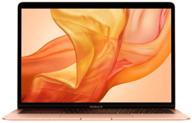
Renewed Apple MacBook Air - 13-inch Retina Display, 💻 1.6GHz Dual-core Intel Core i5, 256GB in Gold (Latest Model)

156 Review
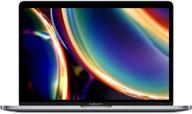
13-Inch Apple MacBook Pro with 8GB RAM and 512GB SSD Storage in Space Gray - Previous Model

77 Review
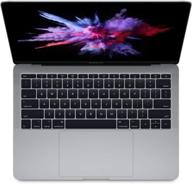
Apple MacBook 13 Inch 2 3GHz 256GB

92 Review
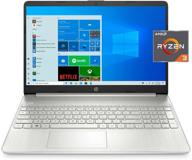
HP 15 Ef1300Wm 3 3250 Silver Windows

100 Review
Another interesting products

15.6" Laptop ASUS Vivobook Pro 15 M6500QC-HN118 1920x1080, AMD Ryzen 7 5800H 3.2GHz, RAM 16GB, DDR4, SSD 512GB, NVIDIA GeForce RTX 3050, no OS, 90NB0YN1-M006N0, blue

24 Review
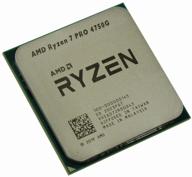
Processor AMD Ryzen 7 PRO 4750G AM4, 8 x 3600 MHz, OEM

11 Review

Refurbished 2019 Apple iMac with Retina 4K/3.6 GHz Intel Core i3 🖥️ Quad-Core (21.5-Inch, 8GB RAM, 1TB) - Silver: Ultimate Deal on a Powerful Renewed Desktop!

13 Review
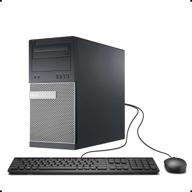
🖥️ Dell Optiplex 990 Tower Business Desktop Computer: Intel Quad Core i5, 8GB RAM, 500GB HDD, Windows 10 Pro (Renewed)

12 Review

